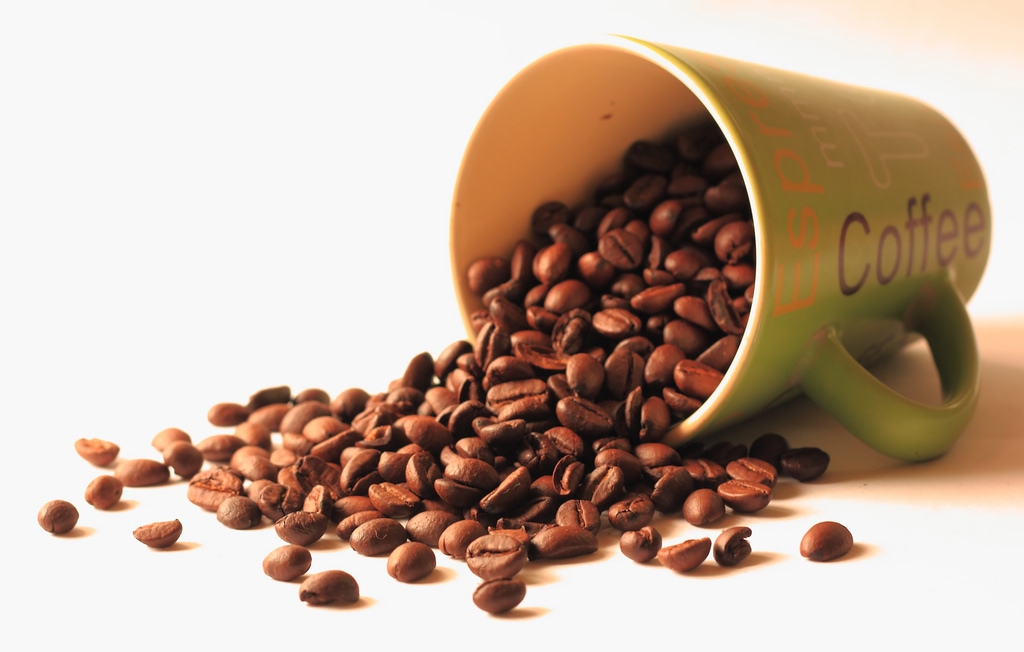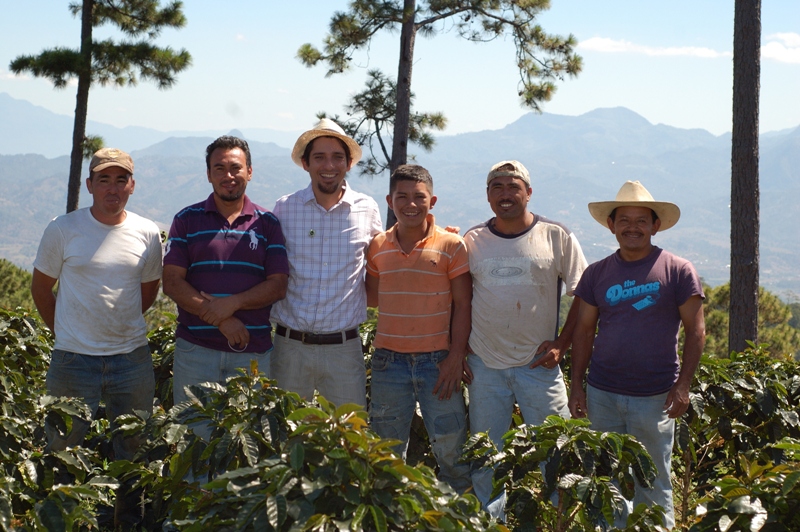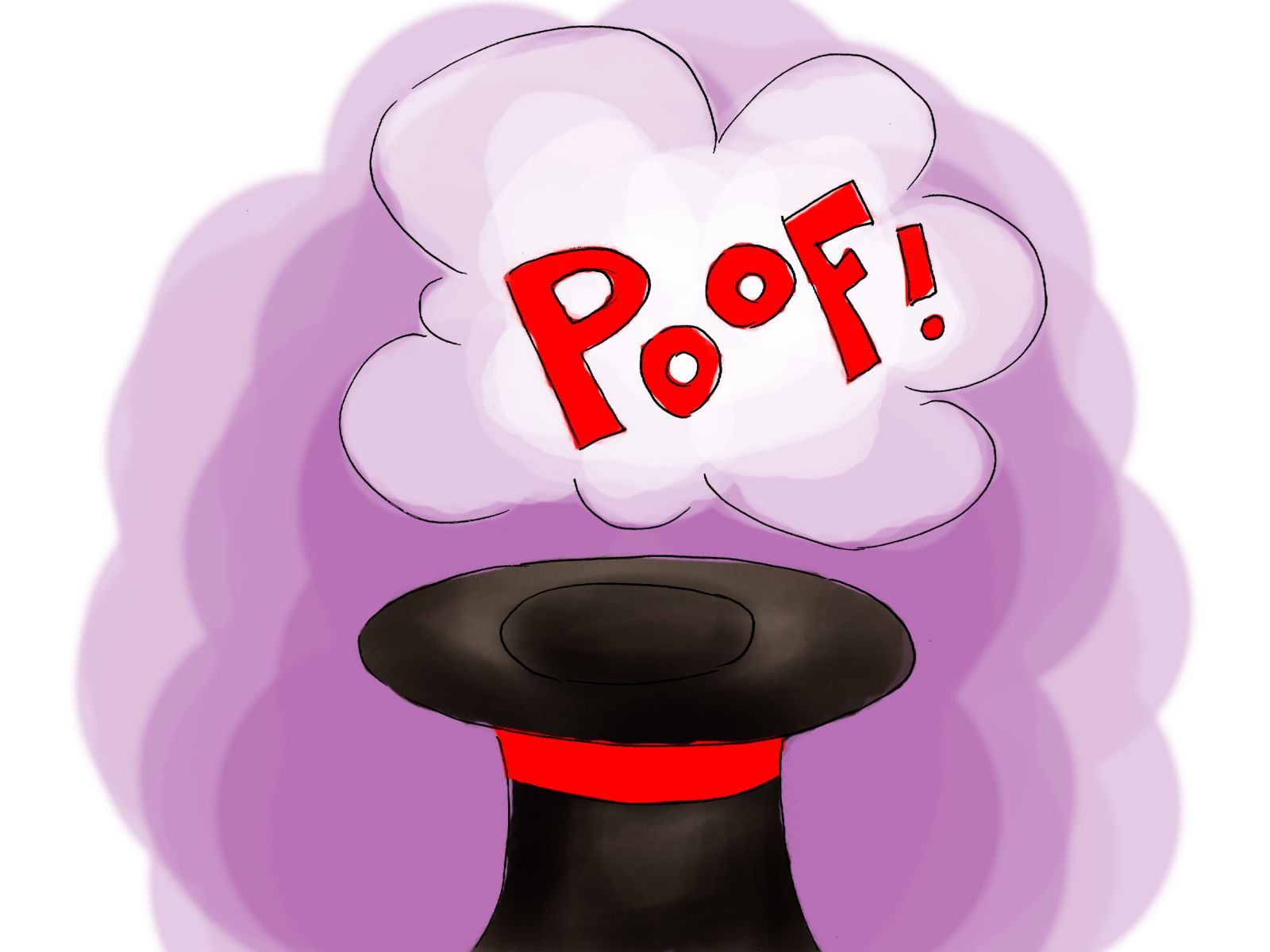July 2016 - Honduras a star on the rise. Spilling the beans on favourites
Date Posted:2 July 2016

spilling the beans on favourites
When I take off the funny little hat that keeps my bald head warm in winter and return to my life as a normal everyday person outside of caffeine, meeting people, engaging in some small talk and sooner or later, conversation turns to who you are and what you do. It's an almost given that I will be asked an all-too-familiar question..........."What is the best/your favourite coffee ?"
Such a simple question causes me to pause for a few moments, take a deep breath and then think clearly about how I can respond in a concise way to avoid boring my conversation partner with contradictory facts.
A long time ago I relished such opportunities to spread the gospel with a passionate spiel about sun-dried, high-grown, hand-picked, triple-sorted, light-roasted naturals from Africa - but with age and experience comes wisdom and the understanding that banging on about the intricate details of coffee is akin to politicians explaining the trade deficit. Glazed eyes abound.
Generally, the easiest way for me to explain is "just depends really......it changes all the time, every week actually". The more I thought about that answer, it's remarkable in it's honesty and accuracy.
What I came to realize over 35 years of consuming coffee is that you can never really have a favourite that stands the test of time. Sure, you can have preferences and the most memorable or compelling coffee experience etched into your brain, but coffee is a time and place thing - it's here and now and literally impossible to benchmark your favourite from say 2010 with the best of 2016.
You see, side-by-side comparisons of coffee are only valid and as vivid as your imagination allows. Can you recall all of the attributes, the way you felt, what you knew before and after and then reproduce the same environment and control all those variables at a different point in time - definitely not. Even a top barista might struggle to get multiple espresso shots that are identical from the same batch of coffee at the same time - there are bound to be some subtle differences.
Here are my favourite observations on coffee
-
Nothing stands still for very long - everything changes all the time.
-
Fads and trends swing wildly - fruity, acidic, juicy can be quickly replaced by bold, buttery, cocoa. Never try to predict or assume.
-
Your own palate gets fatigued and the palates of your customers get bored over time, changing things around regularly keeps it fresh and relevant.
-
The mind can distort your perceptions and expectations of a coffee. Similarly, you can be easily influenced by others opinions or comments.
Great coffee deserves a quality milk - not so much an observation - it's a fundamental necessity.

honduras - a star on the rise
When I think back to the period between 2008 - 2011, Honduran coffees were generally not well regarded in the quality category of the coffee industry. The country had suffered a political coup in 2009 and the concept of specialty coffee was just emerging as a visible market segment in Australia and some parts of the world. Unfortunately, back then the important incentives and rewards for farmers to produce quality were lacking, so the rate of improvement was generally slow and limited. In those early days of specialty coffee, many were banging the drums for Kenya, Ethiopia, Guatemala, Costa Rica, El Salvador, Panama and Colombia - origins that claimed clear quality leadership in a range of areas from improved farming practices to smarter marketing.
At these higher quality segments of the market, Honduras was seen as an origin that carried some degree of risk around consistency - sometimes outrageously brilliant, other times boring, bland and non-descript.
In 2007 we could see the early potential for quality from Honduras - lots that displayed superior levels of body, sweetness and complexity compared to other Central American origins - elements that we thought at the time were most likely to perfectly suit the emerging styles and palate of the Australian coffee drinker.
We remained in the small camp of faithful believers in specialty grade potential, despite the industry viewing Honduras more as a commodity style coffee. Like all coffee growing origins, you can always find bad, average, good and great coffees - it's just a matter of sorting through the lots, or possessing a fair amount of good luck and timing to be given opportunities to source through the best lots - because the reality is that you don't often get those types of opportunities.
We stuck to our guns through that period from 2008 - 2011 by executing a deliberate strategy to differentiate our coffee in the Australian market - taking a contrarian approach where others were long on Brazil, Ethiopia and Colombia, we placed our bets on Honduras.
That punt paid off in 2010 when our Honduran-based blends ranked at the top for coffee roasting competitions.
Times change and in some respects whilst Honduras had been historically viewed as a supplier of inferior qualities compared to Guatemala - particularly by large North American and European buyers looking for cheaper supply - it was also these large buyers that were more than happy to manipulate the markets by pushing the price of Honduran coffees down so they could benefit by picking up large volumes at good rates. Prices paid for raw Guatemalan coffees are typically up to 20+% higher than Honduras. This often led to Honduran farmers occasionally smuggling their quality raw coffee into Guatemala to benefit from higher prices.
In the last 10 years, infrastructure and market initiatives for Honduran coffees have directly contributed to constant improvements in cup quality, product consistency and increases in overall volumes harvested. Simple things like building better roads to the major growing and processing areas, establishing educational programs to enable farmers to learn advanced skills and the introduction of Government controls around certain taxes have helped Honduras prosper to achieve the #1 producer by volume in Central America.
Coffee is critical to Honduras and in the past it has helped the economy avoid bankruptcy. Today, coffee continues to increase it's overall relevance in the Honduras GDP as a vital trade export. We are pleased to see that farmers have clear incentives that link production of higher qualities to better prices paid and overall contributing towards a more sustainable future in their coffee farming investments.
Quantities of specialty, organic and certified coffees in Honduras continue to increase year on year - a sure sign of a progressive, healthy and growing industry. Compared to other origins like Costa Rica, PNG, El Salvador, Panama and Ethiopia where overall volumes show trends in decline as coffee farming has less commercial appeal compared to other commodities, industries or use of prime farm land. The exciting news is that Honduras has been the fastest growing specialty grade producer in the world - locked in a 3-horse race with Colombia and Brazil in shipping higher ratios of specialty grades.
For us at mycuppa, over the last 4 years we have sourced considerably less Honduran coffee and significantly more from Guatemala. The ratios had effectively inverted from Honduras in 2008 - 2011, to Guatemala since 2012.
The reasons for those shifts had been solely due to availability of the required qualities from the domestic brokers. We were able to source exceptional, high grade Guatemalan coffees literally year round whereas the choices for Honduras were limited. It had nothing to do with cost as we consistently paid anywhere from 10 - 20% price premium for Guatemala over Honduras.
Some of the best Honduran lots we had become accustomed to buying in the past were getting snapped up by Japanese, US and European buyers. The demands lifted and so did pricing benchmarks. Being unable to get access to qualities of Hondurans we believed were needed for the competitive Australian market, we switched to alternatives in Colombia and Guatemala for our leading blends and feature coffees.
In the last couple of years, Honduran coffees have been key components of winning entries used by World Barista champions. Even the Honduras El Filio Cup of Excellence coffees we purchased between 2011 - 2013 for a private label customer were priced at more than 400% higher than prevailing Honduran specialty grade at the time (which is common for top ranked Cup of Excellence coffees, regardless of origin). These quality Honduran COE coffees were without doubt up there with the best coffees I have ever tasted - but of course, selling $80 per kilo coffee is not entirely viable and neither is regular supply of highly limited COE coffees.
For that last 18 months we have wanted to shine a light on Honduras as a premium coffee origin and showcase some of their great coffees. With this brief, I came across a unique and complex micro lot that cups so damn good I rank it better than our own special Kenyan and a contender for best bean in our portfolio.
Scoring an impressive 87.5 points, we have just 360 kg of this exceptional premium estate coffee - some of it will be put aside as a potential candidate for competition entry - such is our high regard for this lovely coffee.
Where most high grade Hondurans cup with a delicate structure of stone fruits - apricot, peach, pear, green apple, fig, etc. this coffee exhibits something entirely different with the most amazingly deep, powerful dark chocolate, buttery body with hints of African-like blackcurrant and sparkling lemon acidity. It's grown in a rich volcanic soil with an almost perfect micro-climate. What impressed us most about this coffee is the silky smooth, buttery body...... lingered for hours after finishing the cup.
To do this fine coffee justice, we suggest matching the stunning Honduran micro lot 87 as espresso with some quality, branded full cream milk (we use Shultz's Organic and Demeter Biodynamic if you are in Melbourne). It's worth the treat to buy the best milk and in the process you may achieve coffee nirvana - superb balance, poise and texture - a true classic.
Grab it now before it's all gone - Honduras Microlot 87

What happened to the zip locks on 1kg mycuppa bags ?
Our custom coffee bags take up to 12 weeks (or longer) to be manufactured and delivered. A few months ago, more than 16,000 from a shipment of 37,000 of our custom coffee bags mysteriously disappeared in transit between Gold Coast and Melbourne.
Investigations have been ongoing for many months now by the supplier, but it would appear our chances of finding the missing 16,000 bags have reduced to almost zero. It's an expensive freight incident and of course it has caused us some business impact as subtle changes are detected by our customers.
It's important to understand that zip locks on coffee bags provide no real feature or purpose in regard to preserving quality.
I've written about zip locks in this article back in 2009 available here - storing coffee.
Coffee is unlike most other food products and the packaging is a complex system of 3 separate layers and a special 1-way pressure activated valve.
There is a reason that the barrier protection layer in coffee bags is metallic and this metal layer is heat sealed after being filled with fresh roasted coffee. It's because the volatile compounds in fresh roasted coffee will leach through plastics via a process called effusion and the materials used for zip locks are notorious for being manufactured from soft, pliable and highly porous plastics.
Zip locks are an unreliable sealing method - they often open unexpectedly and are designed for short-term convenience only, e.g. days, not weeks. Many other food products can quite happily reside in zip lock, basic plastic packaging without degrading significantly, but coffee should not.
Coffee bags are intended for transport to point of use and once opened the contents should be used within 2 days or transferred to alternative containers - the bags are not designed to be the ongoing accessible storage medium.
We have always advocated that coffee is either sealed by multiple folds of the bags fastened by some type of pressurised spring clip (or bull clip). Alternatively, we recommend you tip the contents into metal, ceramic or glass air-tight containers. For glass, it's best that the beans are stored away from direct light such as in the dark pantry.
Shutting off oxygen via a zip lock is not sufficient to preserve quality.



